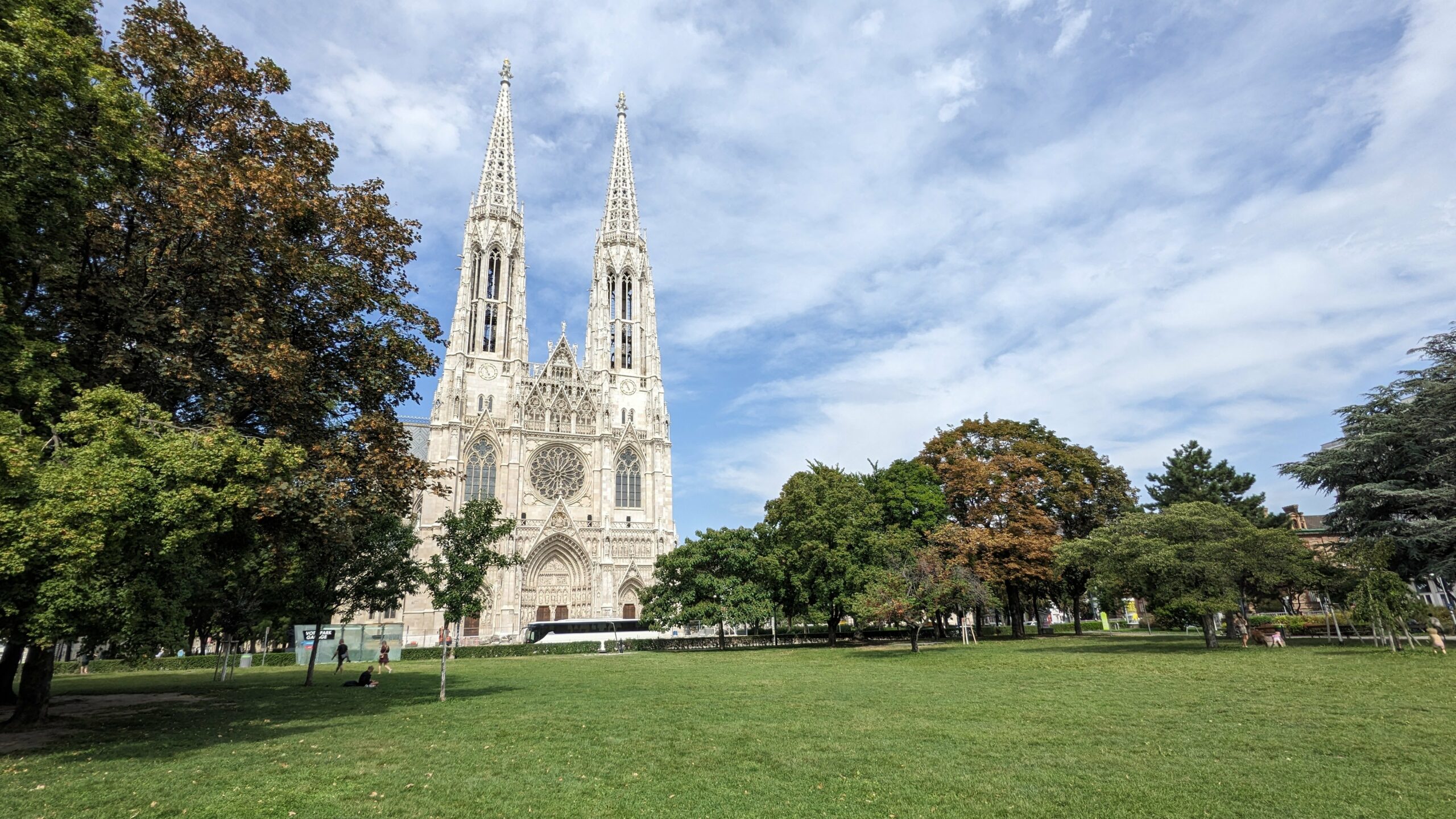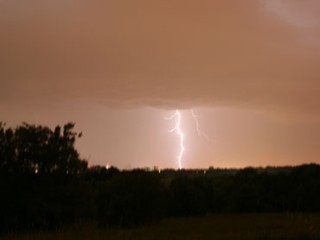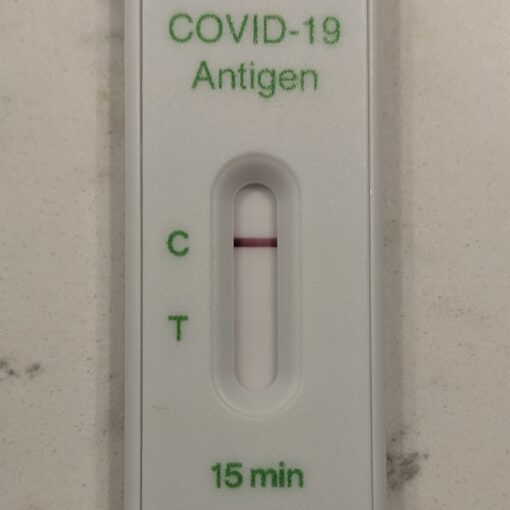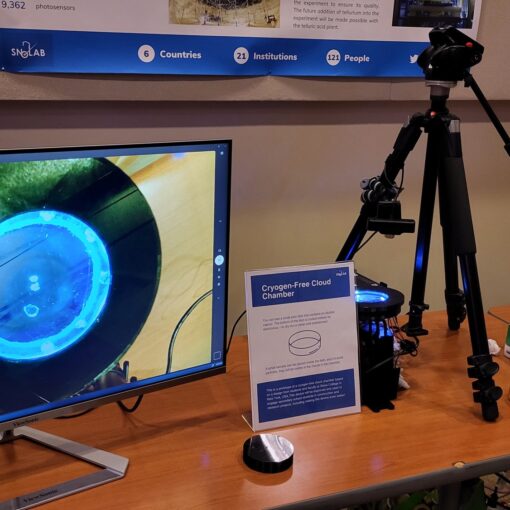These are my personal notes from day one of the Topics in Astroparticle and Underground Physics Conference. The full conference materials are online: https://indico.cern.ch/event/1199289/timetable/#20230828
August 27, 2023
The rhythm of the TAUP conference is to have plenary sessions in the morning, followed by a lunch break, then parallel sessions throughout the afternoon. The plenaries were themed, collecting talks from related subject areas.
The first morning began with cosmology [Lottanzi]. The major targets for the field, now that the cosmic microwave background (CMB) temperature anisotropies have been thoroughly probed, are photon polarizations and gravitational lensing anisotropies. Photon polarization, especially evidence of B-mode polarization at small wave number, would provide evidence for a period of rapid inflation near the beginning of time. Lensing anisotropies, on the other hand, would provide information on the large-scale structure of the later cosmos and can help constrain neutrino masses.
A suite of programs and instruments promise to provide information on both of these areas in the coming years. Already, South Pole-based telescopes should soon be able to provide updates information on B-mode polarization in the CMB. The forthcoming LiteBIRD space-based detector has these modes as a primary observing target. CMB-S4 will eventually be the ultimate ground-based detector.
What are the precise targets for these programs? They are tensor modes in the polarization, the degree of non-gaussianity in the CMB, an improved measure of the optical depth (poorly constrained by existing data), and constraints on “light relics” including neutrinos and beyond-the-standard model particles like axions.
Details of large-scale structure will be obtained from instruments like EUCLID (just launched), the Vera Rubin Telescope, and the Nancy Grace Roman Space Telescope. These will probe late-time effects as well as inflation and dark matter.
Cosmic inflation was discussed as a standalone subject in the morning plenary [Palma]. The key assumptions of early models of the origin of the universe – adiabaticity, gaussianity, and near-scale-independence – become the tools for studying our assumptions about the universe as well as better models for its origin.
Inflation, for example, would provide an early stage “change of the ruler” for the universe. Rather than steady cosmic evolution, we might have instead exponential growth in the metric. The key idea here was to move beyond the “bispectrum” function that is the simplest description of non-gaussianity and be prepared for something more complicated.
Related to the large-scale evolution of the universe, the questions posed in the closing morning sessions had to do with all the assumptions that could or should be tested in our thinking about the universe [Soares-Santos]. For example, is “dark energy” (the effect that causes accelerated expansion of the cosmos at late times) really the same thing as a “cosmological constant”? What beyond-the-standard model degrees of freedom might have influenced the thermal history of the universe? Is inflation actually realized in the cosmos? The Dark Energy Spectroscopic Instrument (DESI) and the James Webb Space Telescope (JWST) will shed some light on these questions, but complete and rich data sets may have to wait for instruments like EUCLID, Roman, and LISA.
Neutrinos and their properties factor heavily into cosmology and the evolution of cosmic structure. A dedicated talk review the limits of our knowledge of these light relics [De Gouvea]. We know much about neutrino mixing and the PMNS matrix, but some key parameters remain elusive. The sign of the 3-1 mass splitting-squared (![]() ) is still a free parameter in the theory. This means we do not yet know if the mass ordering is 1, 2, 3 (where 1 is defined in the theory to be less than 2, but 3 is a wildcard), the normal ordering, or 3, 1, 2, the inverted ordering or inverted hierarchy. We also do not know the value of the CP-violating phase that is allowed in the theory.
) is still a free parameter in the theory. This means we do not yet know if the mass ordering is 1, 2, 3 (where 1 is defined in the theory to be less than 2, but 3 is a wildcard), the normal ordering, or 3, 1, 2, the inverted ordering or inverted hierarchy. We also do not know the value of the CP-violating phase that is allowed in the theory.
All other parameters are known, generally, to 3-4% and some to 1%. The precise masses, not just the ordering, continue to be a deeply sought prize in the neutrino sector. The point was made that there must be some meaning, some clue, from the fact that on a logarithmic scale the charged fermion masses (quarks and charged leptons) cluster quite high while the neutral fermion masses cluster quite low.
Neutrino mass by itself implies new physics for the origin of that mass. The core question is, “how do neutrino masses communicate with electroweak symmetry breaking”? (The origin of all other known fundamental mass) The main ideas are neutrino mass via the known Higgs boson, by its own private Higgs boson, or by some dynamical mechanism (e.g. the see-saw mechanism). It is also tempting to explore the possibility that, unlike all charged fermions, the neutrino could be a Dirac fermion … or it could be of another type, Majorana, which is not allowed for the charged fermions. This ambiguity has implications for physical phenomena, such as neutrinoless double beta decay (forbidden for Dirac neutrinos).
The point was also made that perhaps our thinking about the Cabibbo-Kobayashi-Masakawa matrix – our history of discovering it first – has laid an inherent bias in our thinking. The PMNS matrix is considered to be the “weird” one, with matrix elements whose magnitudes are all about the same (e.g. 0.2-0.8, with no sense of a strong diagonalization). It was put the audience that perhaps it is the CKM matrix that is the weird one, and we might altering our thinking if we approached the quark sector as the outlier.
The subject of detecting neutrinos – solar, geo, etc. – was then reviewed [Sekiya]. The main detection points were discussed, including neutrino interaction final states in media capable of emitted Cerenkov light (providing directionality) and those capable of generating a lot of light with little or no directional information (scintillating media). Super-Kamiokande has also now been loaded with 0.03% Gadolinium, offering a very large neutron capture cross-section that provides enhanced sensitivity to the detection of supernova neutrinos, including from a diffuse relic supernova neutrino “haze” in the universe.
The subject of supernova neutrinos was reviewed, noting the great number of details we do not have: the shock revival mechanism in collapsing stars, the role of convection, the failure rate of core-collapse events, the precise dynamics of black hole formation, and other topics. Neutrinos would provide key windows on these subjects, either through the detection of a close-by supernova (e.g. extending out to the Large Magellenic Cloud) or a supernova “haze” from past explosions.
The subject of early detection of supernova is made challenging by multiple factors. Neutrinos are generally attractive for early detection as the shockwave is stalled while neutrinos escape the collapse and explosion almost immediately. The shockwave travels at almost 1/30 the speed of light while neutrinos, even with their small masses, move at nearly the speed of light. For 70% of supernova, this means the possibility that we can have several, even tens of hours of warning if we detect those neutrinos. However, for 30% of supernovas, the neutrinos may arrive only minutes ahead of the optical component. Supernova early warning alarms needs to provide a precision of 3 degrees in locating the potential event in the sky.
Geoneutrinos provide an additional avenue of exploration with many of its own unanswered questions. Particularly, the structure of the mantle remains largely an open question. Seismic information can provide details about the viscosity and density profile of the mantle, but not its composition. Neutrinos from unstable long-lived radioisotopes mixed into mantle can provide information on relative composition. However, the requirement of inverse beta decay (IBD) for detection places a minimum threshold on the neutrino energy that is observable (in the neighbourhood of 1.5 MeV). Liquid scintillator detectors that rely on IBD can probe the spectrum of Uranium and Thorium decays, but are unable to probe additional elements with softer spectra.
BOREXINO and KamLAND have both probed the geoneutrino spectrum, albeit with limited data samples. There is some tension between the degree to which they conclude radioisotopes contribute to the heat loss from the surface of the Earth. That loss totals to 47 TW, with an uncertainty at the level of 10%. KamLAND results favour a lower contribution to that total (about 15 TW), while BOREXINO favours a much higher contribution. More data are needed to resolve this.
Future detectors may include a deep sea neutrino detector placed much closer to the mantle itself, making it possible to get the mantle contributions directly. The origin of the existing discrepancy may be resolved by better understanding the inhomogeneity of the mantle, which may play a role in why detectors at different locations draw slightly difference conclusions.
The parallel sessions in the afternoons are too numerous to cover entirely. I attended a number of neutrino detector talks, especially those with an emphasis on geoneutrinos. Two of the talks provided additional details on the BOREXINO and KamLAND results [Zavatarelli, Kawada]. A separate talk attempted to sketch an experiment that could, in principle, be sensitive to the geoneutrinos from Potassium (with its much softer neutrino spectrum) [Chen]. However, the conclusion of this presentation was that you would need a Hyper-K-scale detector with 50% loading of copper-63, which would only yield 1 event/year/100kt and would require something like 10 years of data to achieve 5-sigma detection capability. The loading factor of copper-63 was a point that the audience seemed to struggle with.
Of the remaining talks, I found the presentation regarding argon procurement for Darkside-20k to be the most interesting [Bonivento]. This presentation discussed the supply chain and refinement process, beginning with sequestered argon extraction at the Urania mine in Colorado, transportation to Sardinia for column distillation and purification, then to LNGS for the experiment. The question was raised as to whether or not cosmogenic activation of the underground argon (UAr) was a serious problem, given that it must sit near/at the surface during transportation and purification. A detailed calculation has been performed and only a 5% activation with argon-39 is expected from this. This is deemed not a risk to the experiment. The ARIA facility in Sardinia will be able, at capacity, to purify 1 ton/day. It is expected to be completed and ready for operation in 2026. An agreement has also been struck to provide LEGEND-1000 with 25t of UAr.





